Gombe Stream National Park (Chimpanzee)
Located along the eastern shores of Lake Tanganyika, Gombe Stream National Park is a place of extraordinary scientific and natural significance. Though one of Tanzania’s smallest national parks, it holds a legendary status as the site where Dr. Jane Goodall revolutionized our understanding of primates. Here, dense forests, steep valleys, and clear streams provide a sanctuary for one of Africa’s most studied chimpanzee populations, offering visitors a rare chance to observe these remarkable animals in their natural habitat. Beyond its famous primates, Gombe’s untouched wilderness teems with diverse wildlife, from playful colobus monkeys to vibrant tropical birds. The park’s secluded location and breathtaking scenery create an intimate and immersive experience, where every step on its forested trails feels like stepping into a living, breathing chapter of wildlife history.
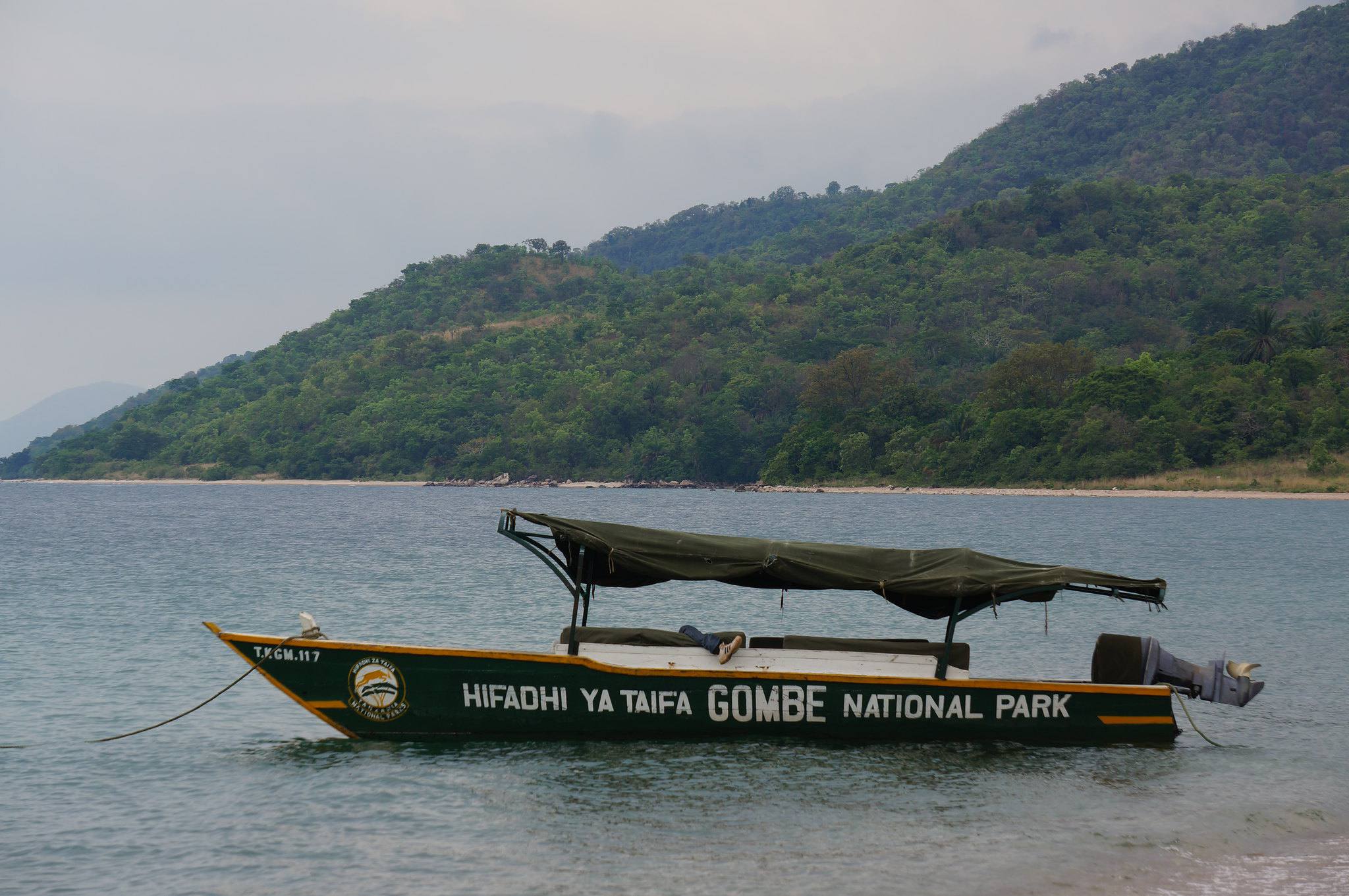
Bird Species to See in Gombe National Park.
Gombe Stream National Park is a hidden gem for birdwatchers, offering a diverse array of species in its lush forests and along the shores of Lake Tanganyika. Among the most captivating are the Rufous Flycatcher Thrush, with its striking plumage and melodic calls, and Anchieta’s Sunbird, known for its vivid colors and acrobatic feeding habits. The Brown-backed Scrub Robin can often be spotted flitting through the underbrush, while the Striped Pipit is a frequent sight on the park’s grassy plains. These, along with many other fascinating species, make Gombe a birdwatcher’s paradise, offering an unforgettable experience for those lucky enough to visit.
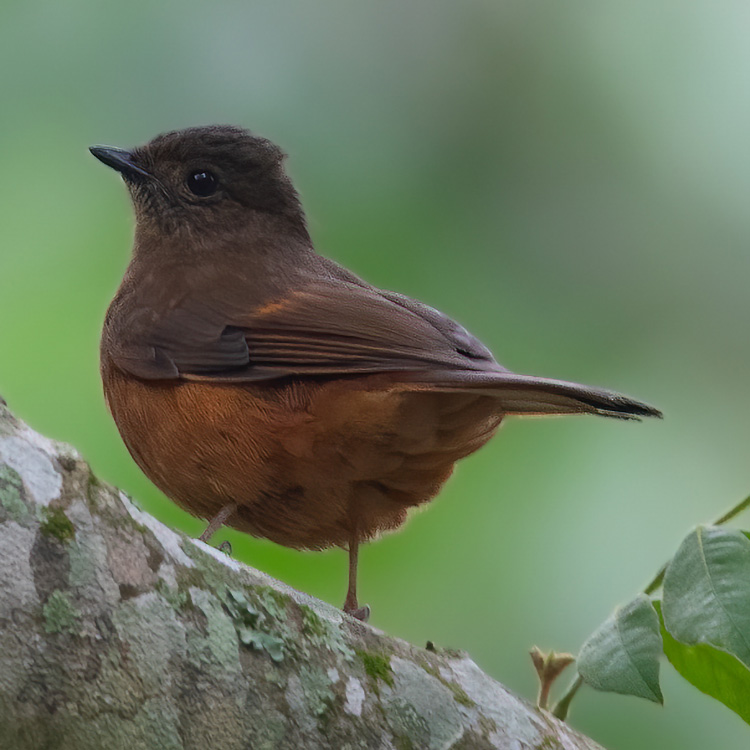
Climate.
Gombe Stream National Park experiences a tropical climate, characterized by warm temperatures and significant rainfall throughout the year. The park’s location along the shores of Lake Tanganyika means it enjoys moderate temperatures, with average daytime highs ranging from 25°C to 30°C (77°F to 86°F). Night temperatures are cooler, dropping to 18°C to 22°C (64°F to 72°F).
Rainfall is abundant, especially between March and May, when the long rainy season brings heavy showers. The wettest months see rainfall amounts exceeding 200 mm per month, while the dry season, from June to October, offers more pleasant conditions for trekking and wildlife viewing. The humidity levels remain high year-round, contributing to the dense forests that define the park’s landscape. This combination of factors creates an ideal environment for its diverse wildlife, including the famous chimpanzee populations.
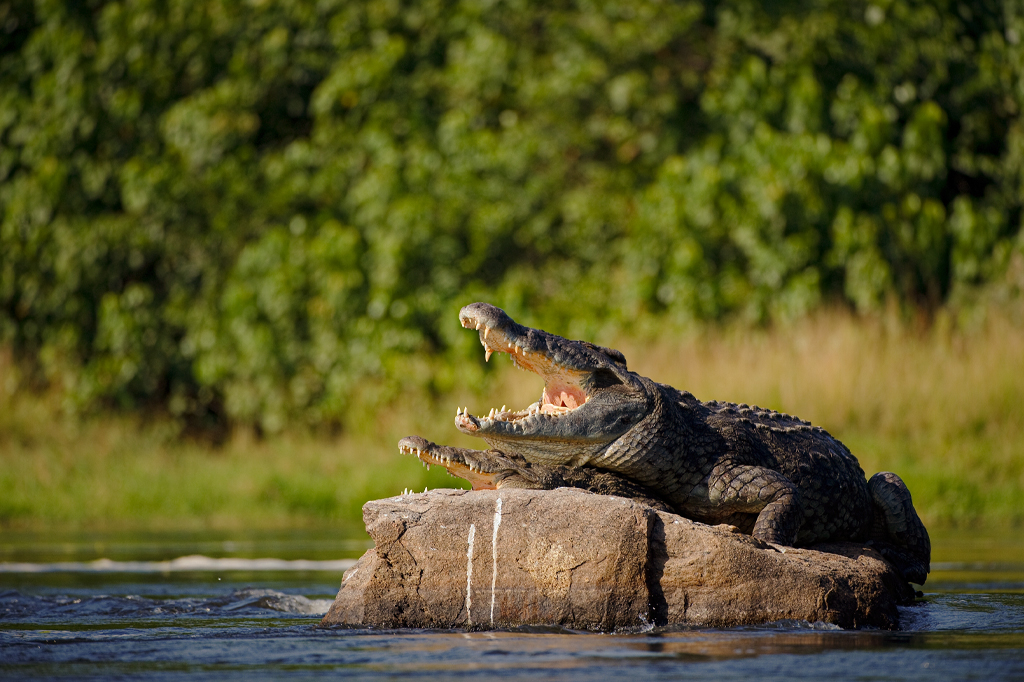
Best Time to Visit.
The best time to visit Gombe Stream National Park is during the dry season from June to October, when the weather is more favorable for trekking and wildlife viewing. The cooler temperatures, reduced rainfall, and lower humidity make it ideal for exploring the park’s trails and observing the chimpanzees and other wildlife. During this period, the chimpanzees are more active around water sources, increasing the chances of sightings. For birdwatchers, the shoulder months of November and December also offer a good experience, as migratory birds start to arrive, and the park’s vibrant greenery adds to its allure.
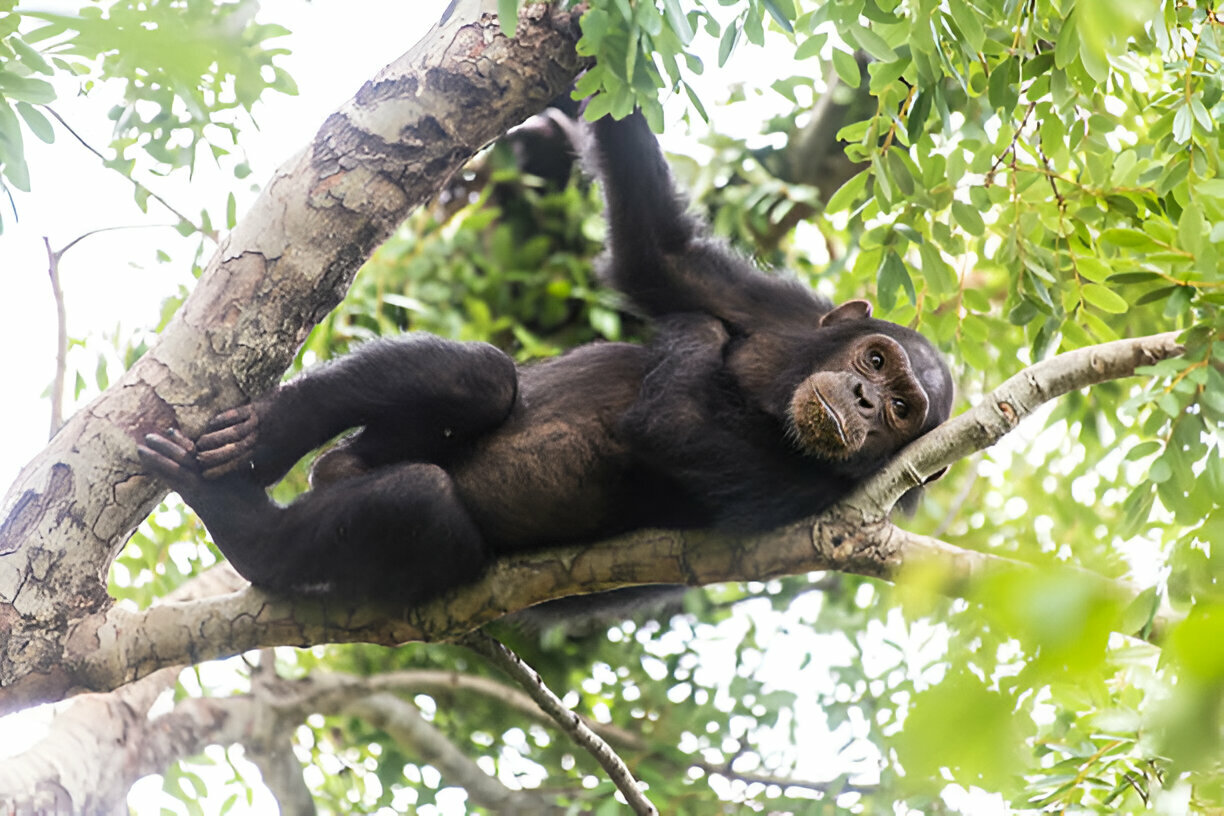
How to Get There.
The most convenient way to reach Gombe Stream National Park is to fly to Kigoma, the nearest town, located approximately 16 kilometers (10 miles) from the park. Kigoma is accessible by scheduled flights from Dar es Salaam or Arusha, with several airlines offering regular services. Once in Kigoma, visitors can take a boat ride from the town’s dock to the park’s entrance. Alternatively, visitors can drive to Kigoma, although the journey takes longer due to the park’s remote location. From the dock, the boat ride offers scenic views of Lake Tanganyika and is an enjoyable part of the journey to the park.
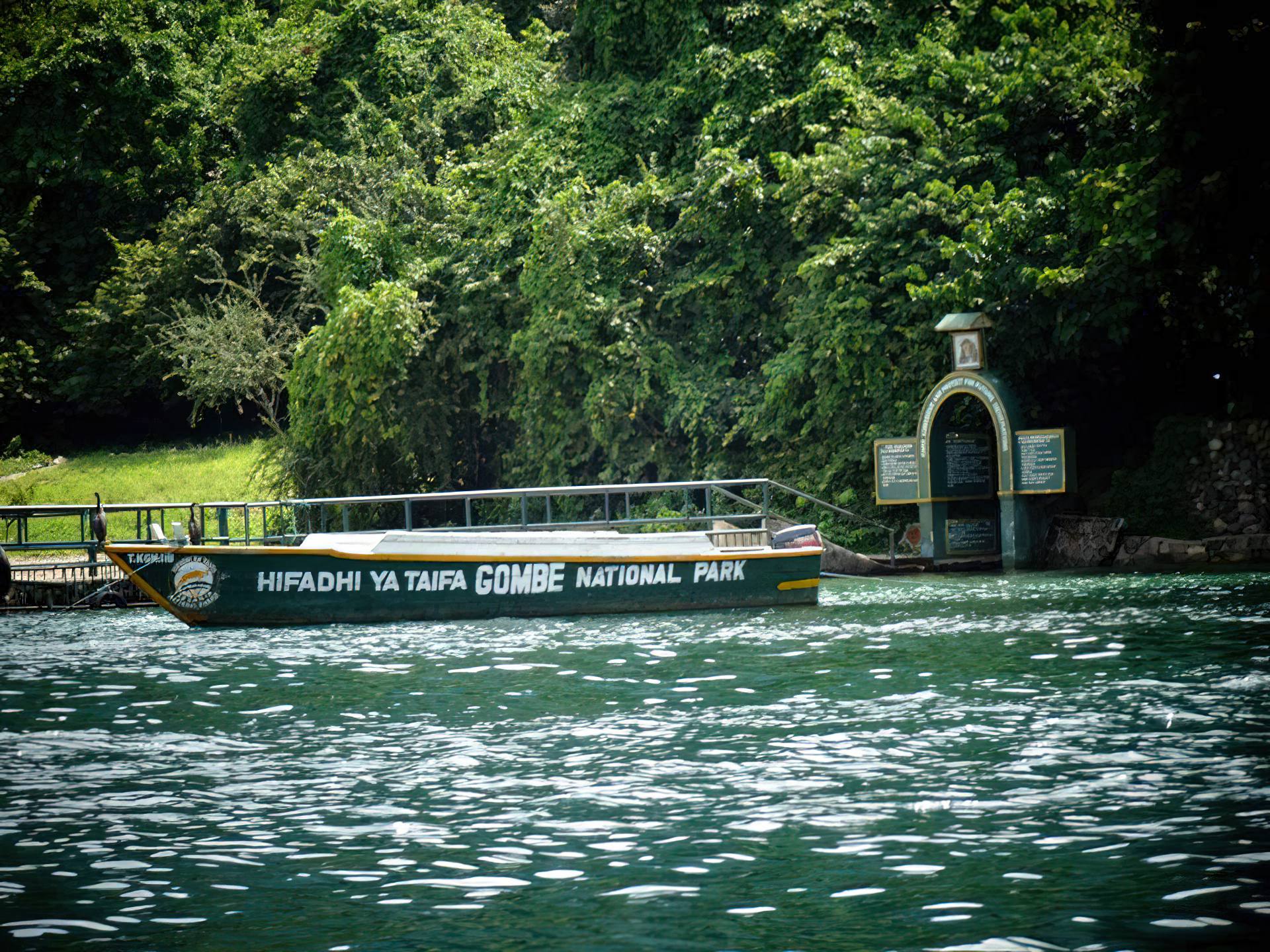
Our Guides in Gombe National Park.
My name is Mika, and I’ve had the privilege of being a guide at Gombe Stream National Park for the past 20 years. There’s something truly magical about seeing the awe on our guests’ faces when they first come across a group of chimpanzees. Watching them up close in their natural habitat is a rare experience, one that most people only dream of. The Park may be small, but its richness is in the details – you won’t believe the number of monkeys and other wildlife you can spot as we walk through the lush forests. Every day is an adventure here, where nature’s beauty and its incredible inhabitants never fail to amaze.
Facts About Gombe National Park.
- Home to Jane Goodall’s Research
- 20 km north of Kigoma
- Established in 1968
- The smallest national park with only 35 km2
- Accessible only by boat
- World Heritage Status since
Activities in Gombe National Park.
- Chimpanzee Trekking
- Bird Watching
- Forest Hiking
- Boat Safaris on Lake Tanganyika
- Photography & Filming
The Life of Primates.
Dr. Jane Goodall’s groundbreaking research in Gombe forever changed the way we understand the connection between humans and primates.
In 1960, she arrived in the remote Tanzanian forest with little more than curiosity and determination, and began her pioneering study of chimpanzees, which would challenge established scientific beliefs.
Her close observation revealed that chimpanzees, like humans, use tools, form complex social structures, and exhibit emotions such as love, grief, and jealousy.
Over the decades, Goodall’s unwavering dedication to the conservation of these remarkable creatures transformed Gombe into a living laboratory, offering invaluable insights into animal behavior and ecology.
Today, her legacy lives on through the Jane Goodall Institute and her ongoing work, which continues to inspire global efforts to protect wildlife and preserve the delicate balance of our planet’s ecosystems.















